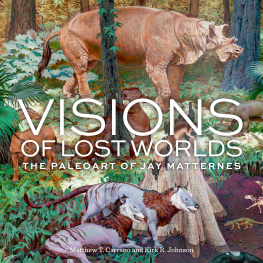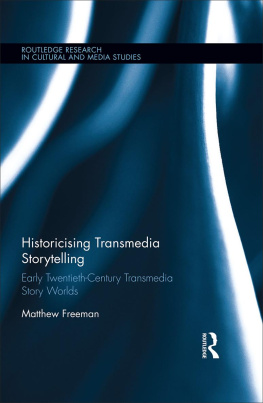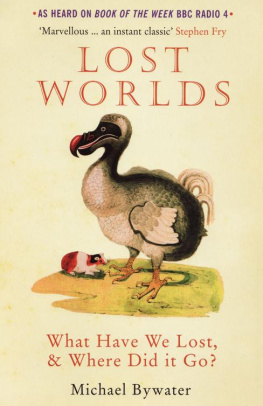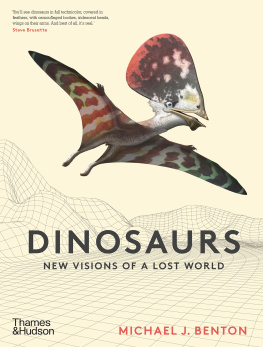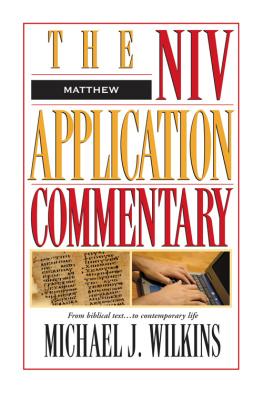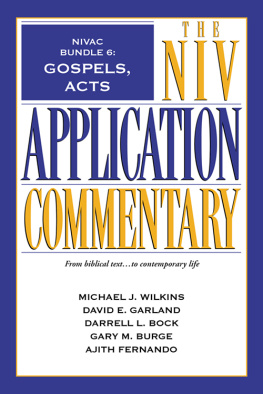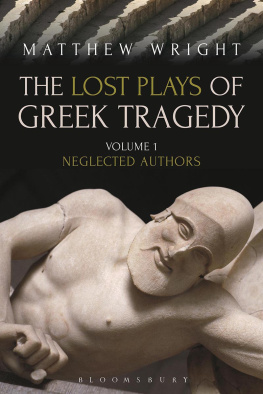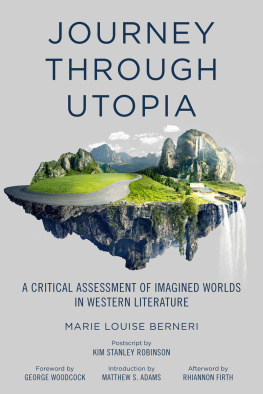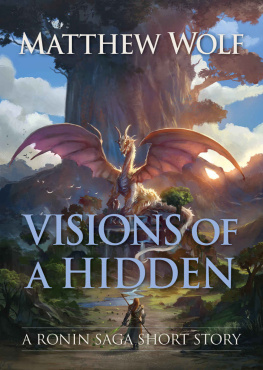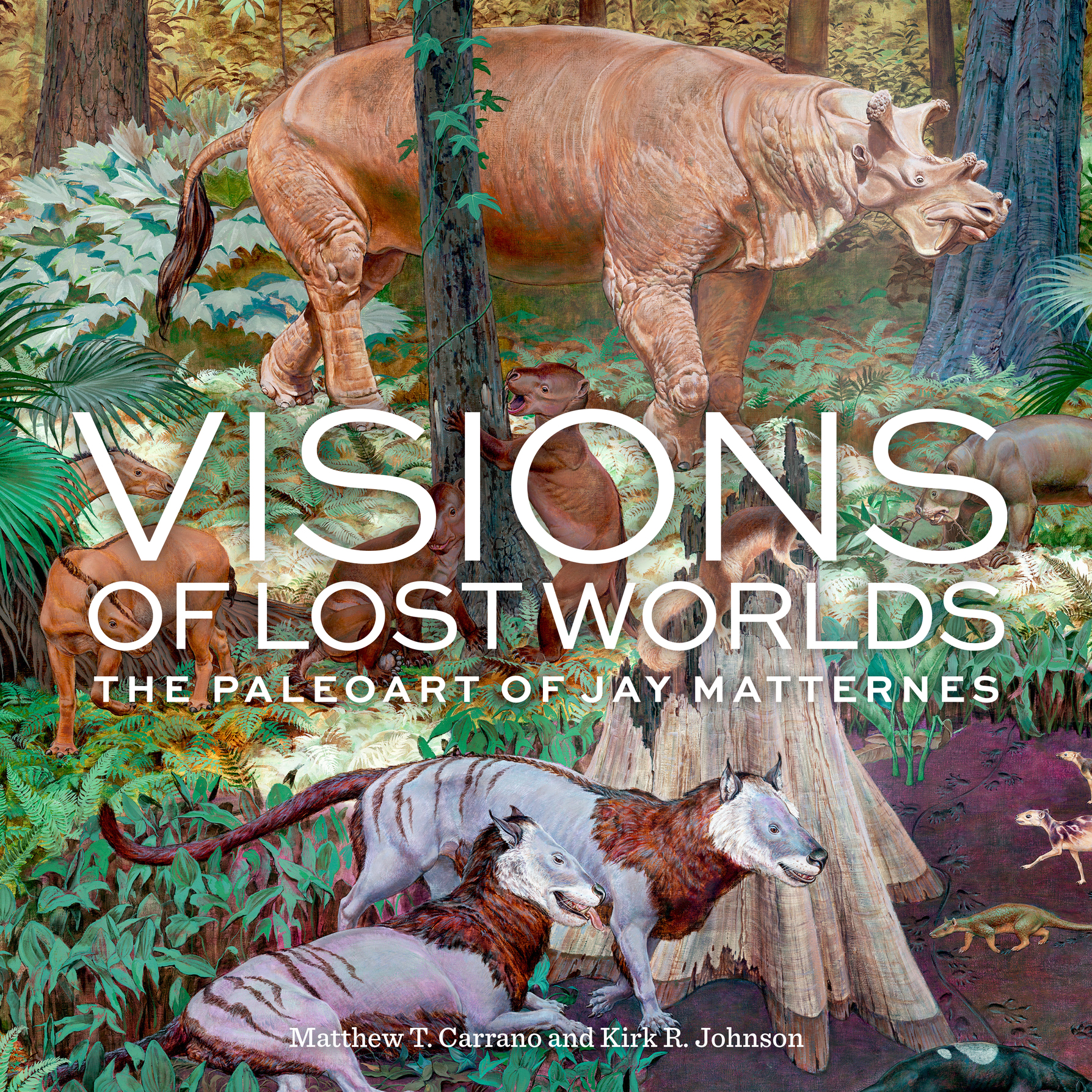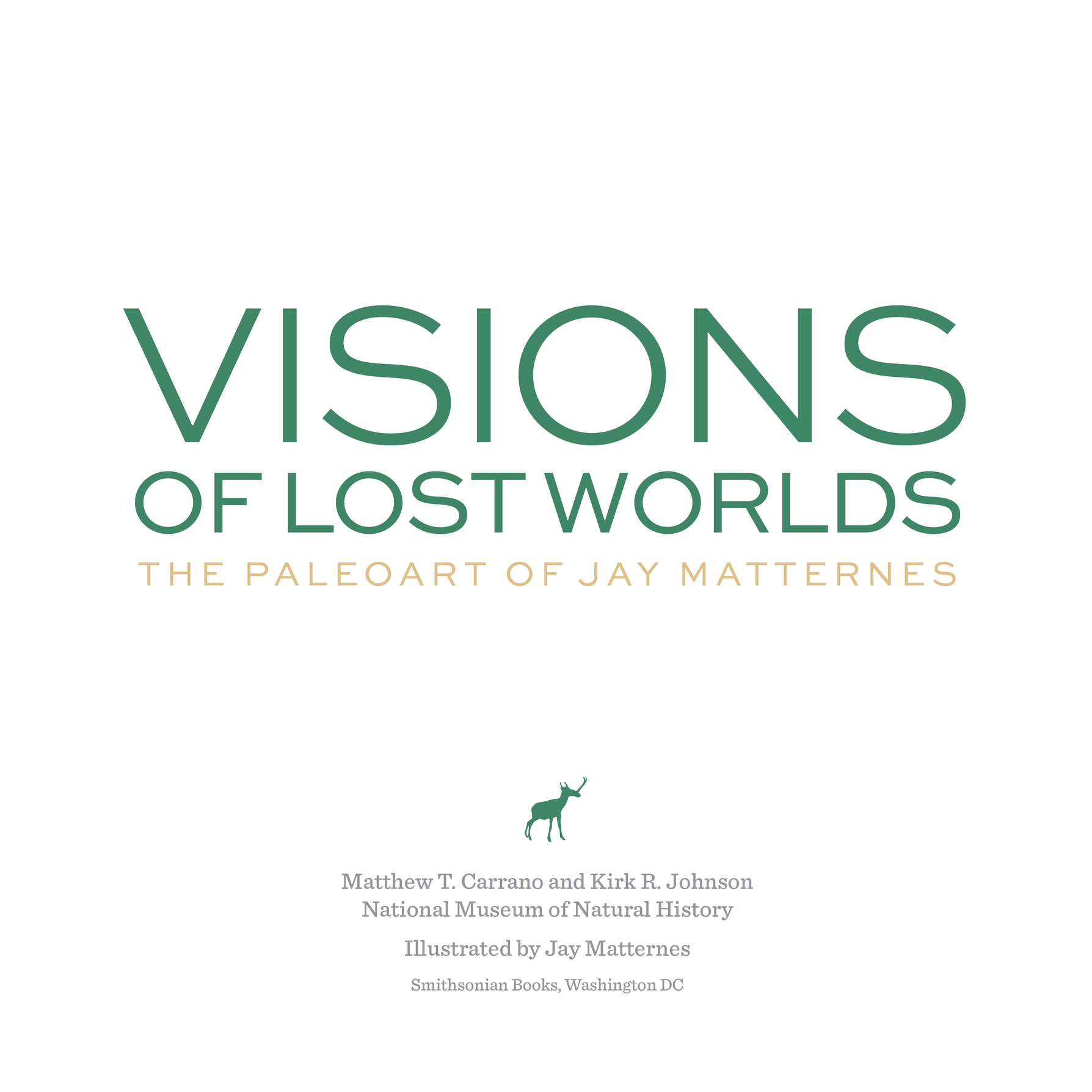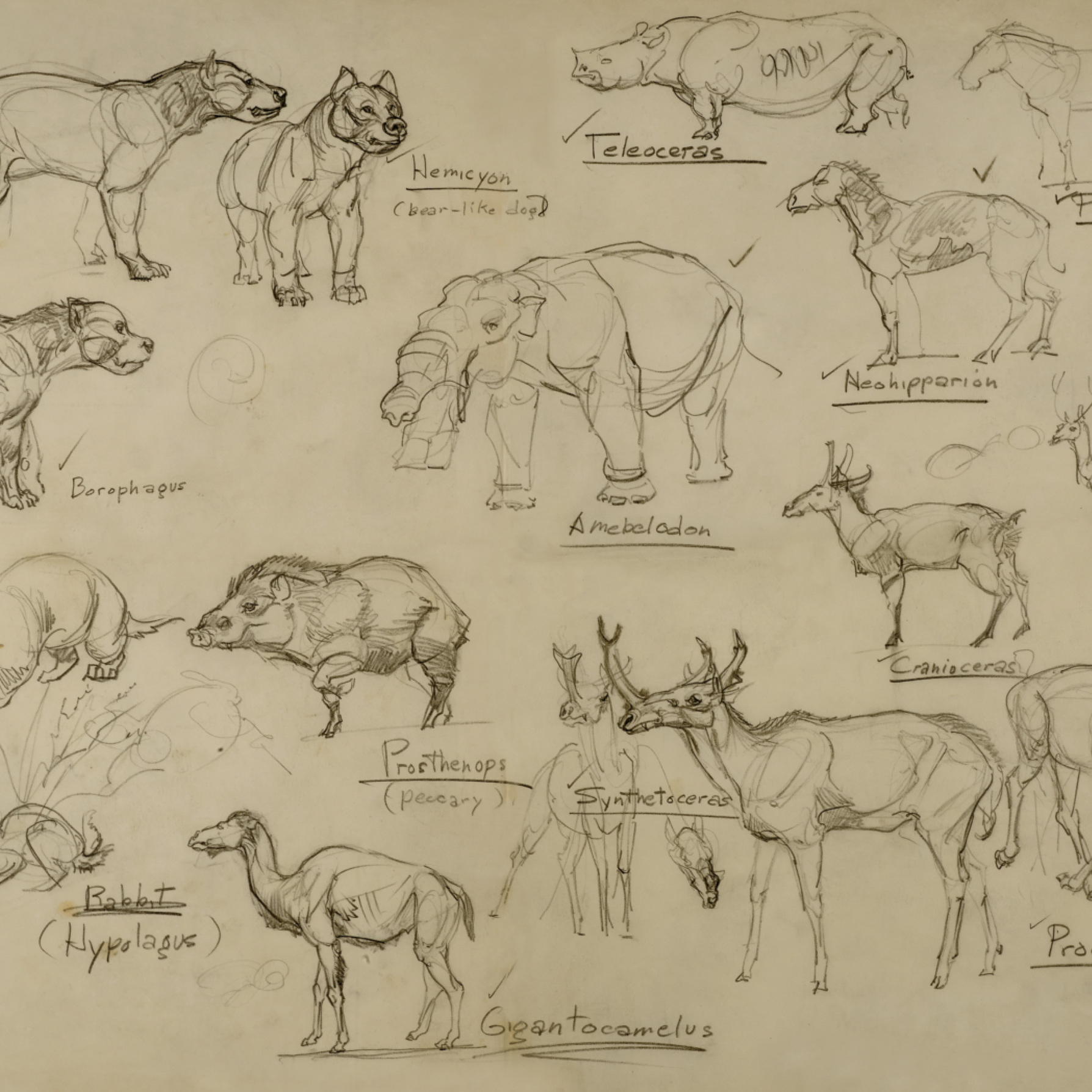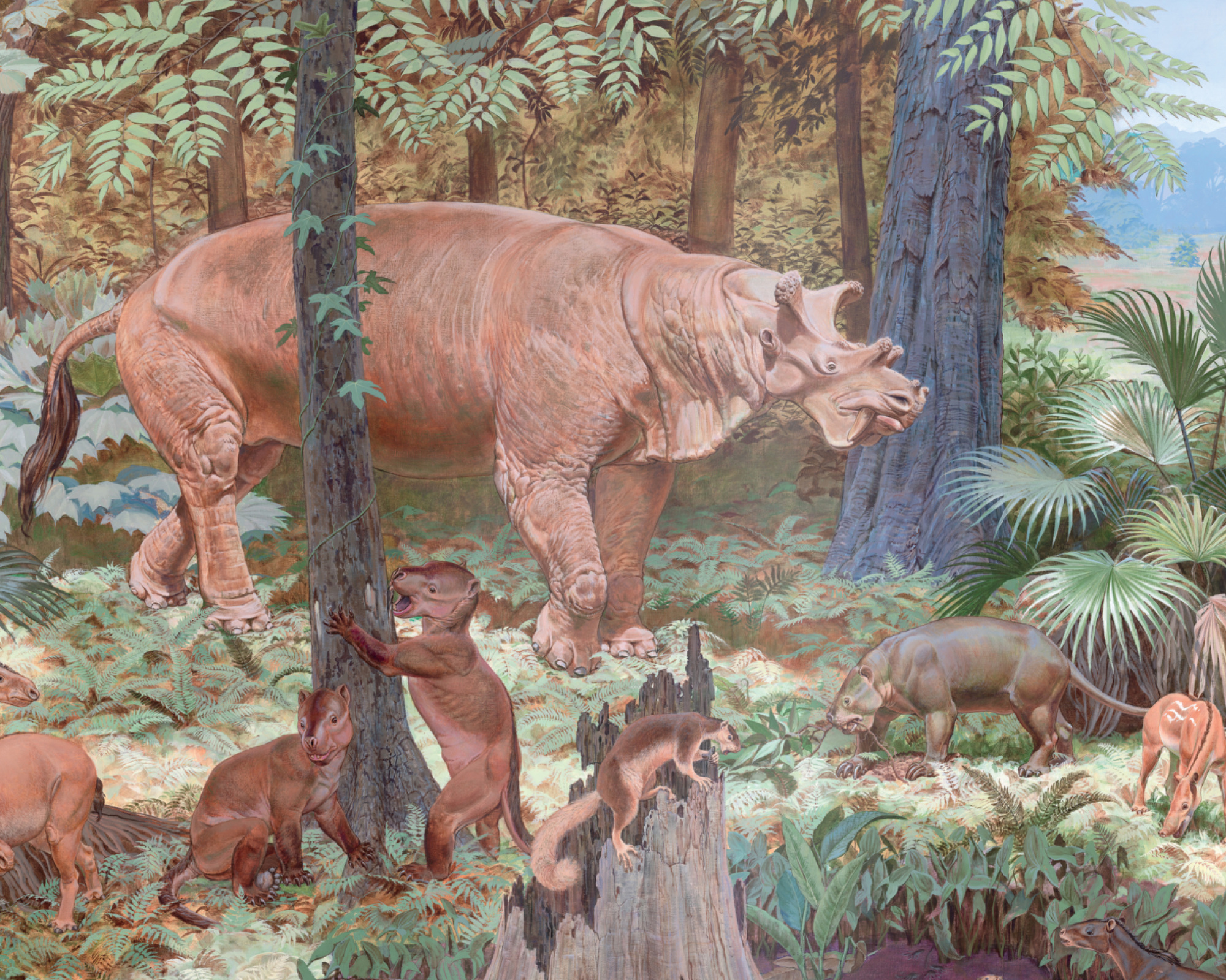Contents
Landmarks
Print Page List
Copyright 2019 by Smithsonian Institution Illustrations 2019 by Jay Matternes, unless otherwise noted.
All rights reserved. No part of this publication may be reproduced or transmitted in any form or by any means, electronic or mechanical, including photocopying, recording, or information storage or retrieval system, without permission in writing from the publishers.
This book may be purchased for educational, business, or sales promotional use. For information, please write: Special Markets Department, Smithsonian Books, P.O. Box 37012, MRC 513, Washington, DC 20013
Published by Smithsonian Books
Director: Carolyn Gleason
Creative Director: Jody Billert
Senior Editor: Christina Wiginton
Editor: Laura Harger
Assistant Editor: Jaime Schwender
Ebook design adapted from printed book design by Studio A
National Museum of Natural History
Authors: Matthew T. Carrano and Kirk R. Johnson
Library of Congress Cataloging-in-Publication Data
Names: Matternes, Jay H., artist. | Carrano, Matthew T., editor. | Johnson, Kirk R., editor.
Title: Visions of lost worlds : the paleoart of Jay Matternes / [edited by] Matthew T. Carrano and Kirk R. Johnson.
Description: Washington, DC : Smithsonian Books, 2019. | Includes bibliographical references and index.
Identifiers: LCCN 2018061634 (print) | LCCN 2019010540 (ebook) | ISBN 9781588346766 (eBook) | ISBN 9781588346674 (hardback)
Ebook ISBN9781588346766
Subjects: LCSH: Paleoart. | PaleontologyMesozoic. | Dinosaurs in art. | Mammals in art. | BISAC: NATURE / Animals / Dinosaurs & Prehistoric Creatures. | ART / Subjects & Themes / Plants & Animals. | SCIENCE / Life Sciences / Zoology / General.
Classification: LCC QE714.2 (ebook) | LCC QE714.2 .M37 2019 (print) | DDC 560.22/2--dc23
LC record available at https://lccn.loc.gov/2018061634
For permission to reproduce illustrations appearing in this book, please correspond with Jay Matternes or the sources listed on this page. Smithsonian Books does not retain reproduction rights for these images individually or maintain a file of addresses for sources.
v5.4
a
Contents
The massive herbivore Uintatherium dominates this detail from Matterness earlymiddle Eocene Wyoming rainforest mural.
Introduction
For nearly 50 years, a visit to the fossil halls of the Smithsonian National Museum of Natural History (NMNH) was not complete without viewing the lost worlds revealed through the artistic work of Jay Matternes. Uniquely among the objects in those halls, the murals and dioramas that he created for the museum conveyed the living, breathing reality of familiar places in distant times. Viewed by tens of millions of people, Matterness work has influenced generations of paleontologists and paleoartistsincluding the authors of this book.
Most prominent among his work was a set of six immense murals, created between 1957 and 1975, that documented the story of mammal evolution over the past 50 million years, covering most of the Cenozoic Era. Each one was set in a distinct environment: the earlymiddle Eocene of Wyoming, the late Eocene of South Dakota and Nebraska, the late Oligoceneearly Miocene of Nebraska, the middlelate Miocene of Nebraska, the late Pliocene of Idaho, and the late Pleistocene of Alaska. In addition, Matternes worked with sculptor Norman Neal Deaton to develop three dioramas showing environments from each time period of the Mesozoic Era, the so-called Age of Reptiles, when dinosaurs reigned. The dioramas portrayed the Late TriassicEarly Jurassic of the U.S. Atlantic Coastal Plain; the Late Jurassic of Utah and Colorado; and the Late Cretaceous of Alberta, Montana, and Wyoming, spanning from 205 to 66 million years ago.
As the NMNH began a comprehensive renovation of its fossil halls in 2011, it became clear to its planners that the treasured Matternes murals and dioramas could not be included in the exhibitions newest incarnation. Too much new scientific knowledge had accumulated in the intervening years; less space would be allotted to Cenozoic mammals in the new floor plan; and a need for more visitor space and light meant fewer wallsand thus less room for murals in general. As a result, the murals and dioramas were removed between 2014 and 2015, conserved, and archived in the museums permanent collections.
For us at the Smithsonian, these murals and dioramas are among the most significant works of one of the most influential paleoartists in history. Not only do they provide a window into midcentury American paleontology, but their content remains relevant to the study and interpretation of ancient animals and their ecosystems. Beyond their importance as exhibition materials, Matterness images were close to the hearts of museum staff and visitors alike. It was clear to us that they deserved treatment in a book so that they can be viewed alongside the detailed drawings and sketches that the artist prepared as he planned the murals.
Jay Matternes stands in front of his late Pleistocene mural just before its removal for conservation and storage, in March 2015.
History of the Murals and Dioramas
The six mammal evolution murals were created as part of the museums larger effort, starting in the late 1950s, to renovate its main paleontology galleries. Previously, these halls had been organized loosely around basic topics and types of fossils (vertebrates, plants, geology) and were largely the result of a straightforward accumulation of objects throughout the decades since the NMNH building opened in 1910. The new intention was to create more cohesive exhibits centered on fossils from specific times and places. In doing so, these new exhibits would come to reflect a major and widespread shift in how museum exhibits were createdfrom systematic collections of related objects to integrative, narrated stories about those objects. The murals were essential components of this new exhibition philosophy.
The museum first decided to commission four murals focusing on mammal evolution in the early part of the Cenozoic Era (about 50 to 10 million years ago, representing what were then considered to be the early Eocene, early Oligocene, early Miocene, and late Miocene/early Pliocene epochs), organizing them in concert under an overall plan developed in 1956. Each mural would portray a particular setting and stand alongside a display of relevant fossil material from the Smithsonians collections, in a new exhibition called The Age of Mammals in North America.

